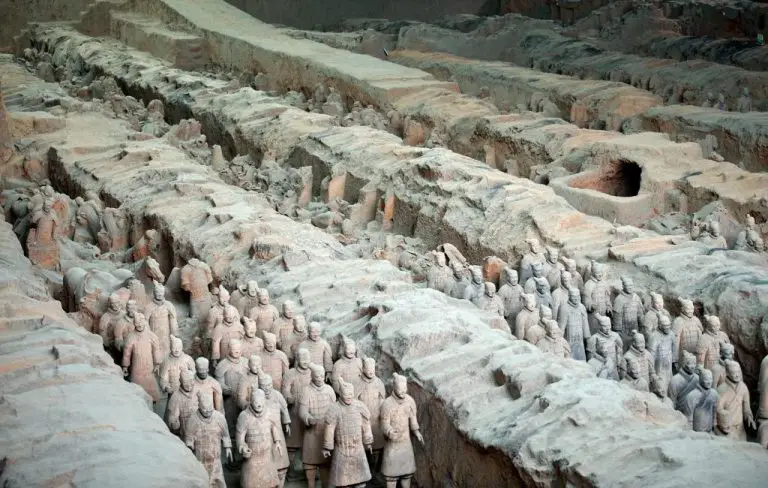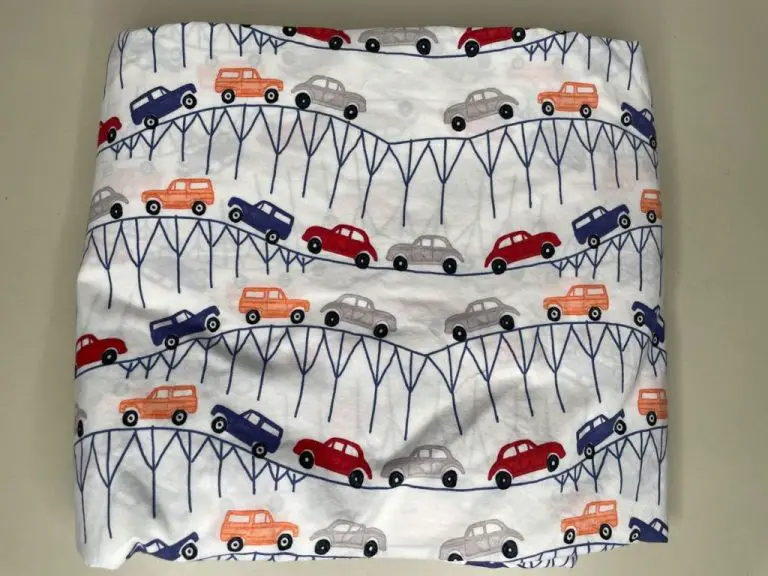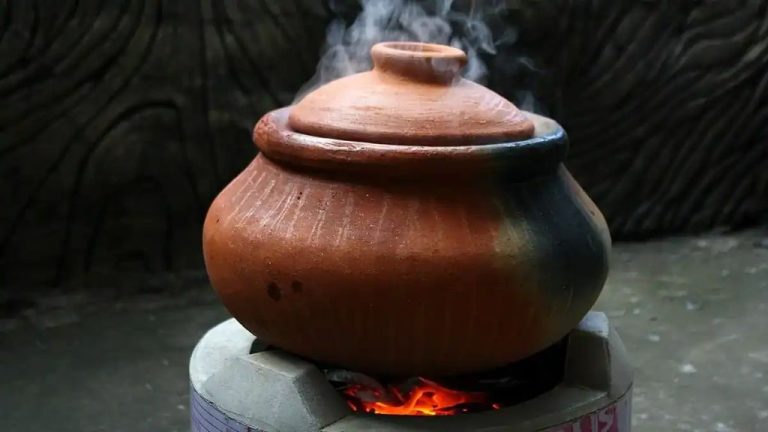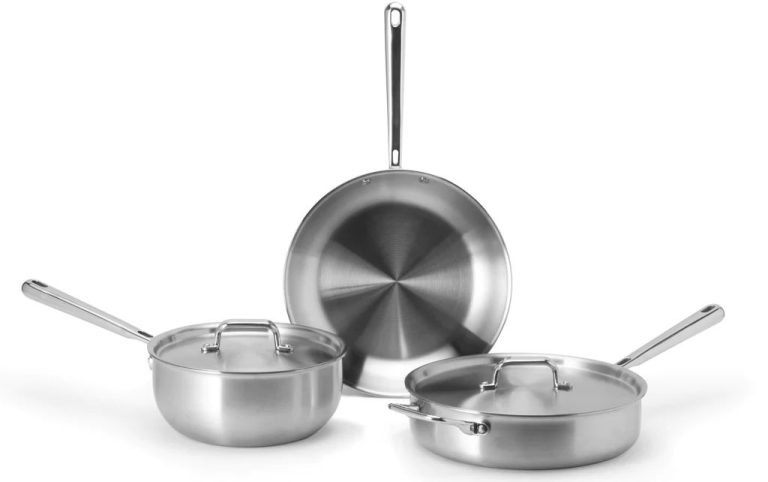Can You Make A Ceramic Christmas Tree?
Ceramic Christmas trees have been a beloved holiday decoration for decades. First popularized in the 1930s and 1940s, these artistic trees were originally made in Germany using molds and hand-painted details. The trees featured evergreen-shaped ceramic bases decorated with “pinecones” and candles or lights. Over the years, American pottery companies started producing their own versions, often with a color-changing wheel to rotate the tree’s display.
Ceramic trees became a nostalgic symbol of vintage Christmas charm. In the 1980s and 90s, they enjoyed a revival alongside other midcentury collectibles. Today, crafters looking to recreate the retro appeal often try their hand at making custom ceramic trees. With some ceramic clay, paints, and creative inspiration, you can craft a ceramic Christmas tree to display as a new family heirloom.
Supplies Needed
Making a ceramic Christmas tree requires just a few key supplies:
Clay – The type of clay you choose will depend on your preferences and what’s available. Polymer clay, air-dry clay, ceramic clay, and modeling clay are all options. Polymer clay may be the easiest for beginners.
Glazes – Glazes are applied before firing to add color and effects to the ceramic. You’ll need glazes in Christmas colors like red, green, gold, and white. Metallic glazes can add a nice shimmer.
Decorations – Look for small decorative elements to adorn the tree, like beads, glitter, faux gems, ribbons, and more. You can attach these before or after firing.
Kiln – If working with ceramic clay, you’ll need access to a kiln to fully cure and harden the clay through firing. Craft stores may offer kiln services.
Clay Options
When making a ceramic Christmas tree, you have a few different clay body options to choose from. The three main types of clay are stoneware, earthenware, and porcelain. Each has their own properties that are important to consider when making a ceramic sculpture like a Christmas tree.
Stoneware is very strong and durable. It can withstand sudden temperature changes. The clay remains workable and flexible during construction. Stoneware fires to a solid, vitrified state at high temperatures around 2200°F. The finished surface is non-porous and water-resistant. Decorative glazes work well on stoneware. It comes in neutral colors like grey, brown, tan, or red.
Earthenware is very easy to work with and good for beginner sculptors. It fires at lower temperatures around 1800°F. Earthenware is porous and absorbent unless glazed. It comes in natural earth tones like red and brown. The finished pieces are lightweight and fragile compared to stoneware. Earthenware works well for irregular shapes.
Porcelain is highly refined and fires at very high temperatures up to 2300°F. It produces delicate, thin, translucent pieces with a glass-like surface. Porcelain is smooth, dense, and very white when fired. It’s difficult to work with as it’s less forgiving during construction and firing. Porcelain clay requires careful drying and firing schedules. It’s best for smaller, intricate ceramic sculptures.
Shaping the Tree
There are a couple different techniques you can use to shape your ceramic Christmas tree:
Handbuilding Techniques
One option is to handbuild the tree using clay. Start by rolling clay into long cone or teardrop shapes for the branches. Attach the branches to a sturdy clay base using slip. Build up the branches starting from the bottom, overlapping them slightly as you work your way up. The trunk can also be handbuilt by rolling a cylinder of clay. Attach the trunk to the base and smooth the seams. Use your fingers, loop tools, or a damp sponge to blend the branches into the trunk and create a natural looking tree shape.
Using Molds
For a more uniform shape, press clay into a Christmas tree mold. Ensure the clay fills all sections of the mold evenly, tapping it to release any air bubbles. Once the clay holds its shape, carefully remove it from the mold. You can add branches, ornaments, or other embellishments after removing from the mold. Let the tree air dry completely before firing.
Applying Color
The two main ways to add color to your ceramic Christmas tree are glazing or painting.
Glazing involves coating the bisqueware (unglazed clay that has been fired once) with colored glazes and firing it a second time. The glaze melts during firing and creates a glossy, glass-like surface. There are many types of glazes available with different finishes like gloss, satin, matte, metallic, and more. Popular glaze colors for Christmas trees include greens, reds, golds, silvers, and whites.
Some benefits of glazing are the durable, decorative surface and ability to mix colors by layering and blending glazes. However, glazing requires a kiln to fire the piece twice. Be sure to use food-safe glazes if serving food from the ceramic.
Painting refers to using acrylic paints, ceramic stains, metallic lusters, and other ceramic paint products to decorate the bisqueware. The painted piece requires only a single firing. Paints allow for more detailed freehand designs. Downsides are the paints may chip over time if unglazed and require sealing for dishwasher/food safety.
When choosing paints, look for ceramic paints rated for the appropriate firing temperature. Test colors before applying to the whole piece. Allow sufficient drying time between coats. Finish with a food-safe ceramic sealer if needed before the final firing.
Adding Decorations
Adding decorations is one of the most fun parts of making a ceramic Christmas tree. You have many options to make your tree unique and festive.
Ornaments
Ornaments are a must for any Christmas tree. When making ceramic ornaments, use lightweight clay or polymer clay so they don’t weigh down the branches. Handmake clay ornaments in different shapes like balls, stars, bells, snowflakes, angels, or candy canes. You can press designs or textures into the clay before baking according to package directions. Paint your ornaments with acrylic paints and seal with varnish. Add glimmer with glitter or metallic finishes. Attach ribbon loops to hang or glue small magnets to let them cling.
Garland
Garland is a classic way to decorate a tree. For a ceramic tree, create clay garland by rolling out clay snakes and curling them like ribbon. Or shape clay into bead garland. Let the garland dry fully before handling. Paint it with acrylics in festive colors like red, green, gold, or silver and accent with glitter. Drape your homemade garland around the tree’s branches. For lightweight options, make beaded garland from embroidery floss, felt, or paper.
Lights
Mini string lights illuminate a Christmas tree beautifully. Battery-operated lights are safest for ceramic trees. LED lights give off less heat and require little electricity. Drape clear lights simply around the branches for an elegant glow. Or go bright with colors like red, blue, green, or rainbow. Incorporate lights into your design by stringing them through clay garland or shaping clay light bulb ornaments. Place lights evenly to highlight the entire tree.
Firing the Kiln
Properly firing the ceramic Christmas tree is crucial for ensuring it holds its shape and color. There are a few key factors to focus on during the firing process:
Temperature – The ideal firing temperature for a ceramic Christmas tree is around cone 04-06, which equates to roughly 1945-2165°F. Firing to these mid-range temperatures allows the clay and glazes to mature fully without becoming overly melted.
Cycles – A typical firing schedule involves two main stages. First is a bisque fire to harden the bare clay. Second is a glaze fire to fuse the glazes. The bisque fire uses a slow ramp up to about cone 04. The glaze fire repeats this schedule but peaks around cone 06. Some kilns allow programming these cycles automatically.
Tips – Test fire sample pieces first to ensure proper fusion. Place smaller decorations inside the kiln with care. Allow a slow cooling over several hours. Check for any glaze flaws like pinholes or cracks before final assembly.
Finishing Touches
Once your ceramic Christmas tree is fired and cooled, there are just a few finishing touches to complete your project. Sealing and clear coats will help protect the tree and make the colors really pop. You have a couple options for display stands so your beautiful creation can be proudly shown off.
Sealing
It’s highly recommended to seal your ceramic Christmas tree after it has been fired and cooled. This will help protect the tree from moisture and potential fading or chipping over time. Use a ceramic sealer or acrylic spray sealant. Apply 2-3 thin, even coats of sealer, allowing it to fully dry in between coats.
Clear Coats
For extra shine and vibrancy, apply 1-2 coats of a ceramic clear glaze or acrylic spray. This will make the colors on your tree really stand out! Again, allow the clear coat to fully dry between applications for best results.
Display Stands
To proudly display your handmade ceramic Christmas tree, you have a couple options for stands. A basic tree stand with a hole for the trunk to fit into works well. Or get creative and make your own customized tree stand out of wood, metal, or other materials! A rotating stand allows you to easily view the tree from all angles. Place your tree in an entryway, on a mantle, or anywhere else you want to showcase your ceramic creation.
Troubleshooting Issues
Making ceramic Christmas trees can be tricky, and you may run into some common problems. Here are some tips for troubleshooting the most frequent issues:
Cracking
If your ceramic tree develops cracks during drying or firing, there are a few potential causes. Using a clay body with too much grog or clay particles can make it prone to cracking. Letting the tree dry too quickly or unevenly can also cause cracks. Slow down the drying time, keep the tree wrapped in plastic, and allow it to dry gradually.
Glaze Problems
Issues like crawling, crazing, or pinholes in the glaze are often due to incompatible clay and glaze combinations. Make sure to use glazes formulated for the specific clay type you used for the tree. Adding a layer of clear glaze before applying colored glazes can also help prevent glaze problems.
Structural Issues
If your tree becomes misshapen or droops during drying or firing, there are solutions. Use a sturdy clay type meant for sculpting to prevent sagging. Support branches with extra clay. Fire the tree on kiln posts or firebricks so air circulates underneath. Start with lower temperatures and shorter firing times to prevent warping.
Conclusion
Creating your own ceramic Christmas tree can be a fun and rewarding holiday project. With some creativity and patience, you can make a beautiful decorative piece to display and enjoy for years to come. The process allows you to choose the colors, textures, and designs that suit your personal style. Making it yourself also gives it extra sentimental value. Hopefully this guide has provided the information and inspiration you need to craft your own custom ceramic Christmas tree. Seeing your finished creation will surely fill you with pride and excitement for the holidays.






